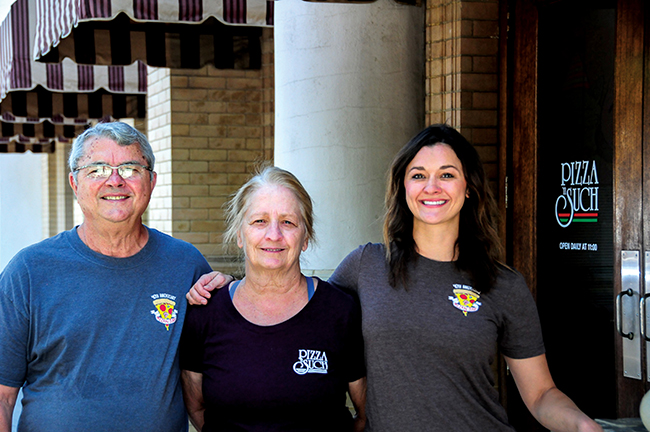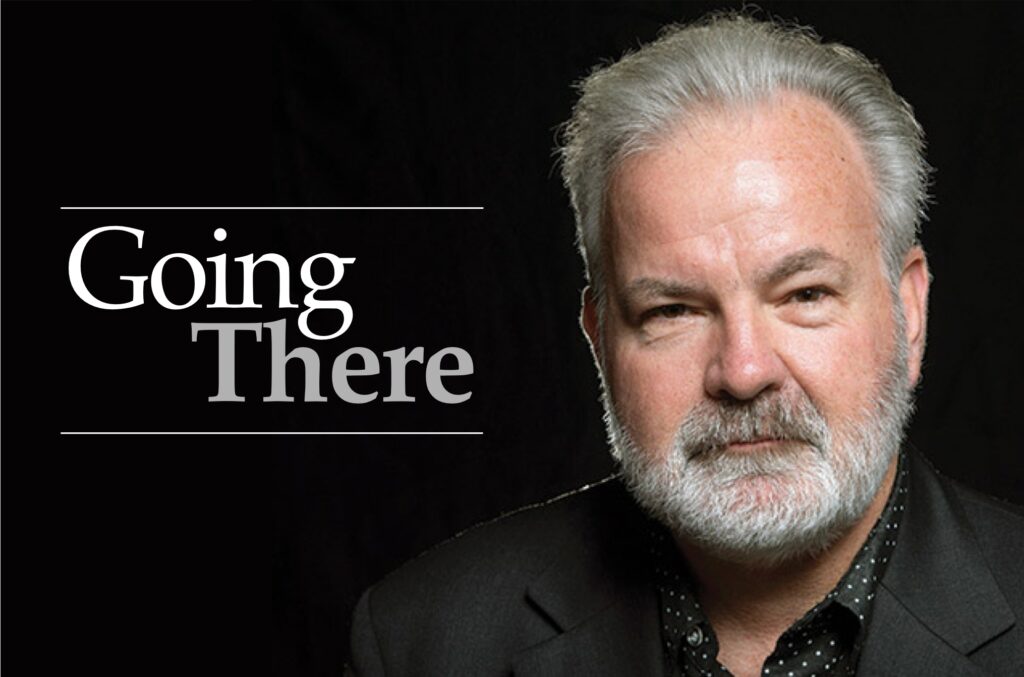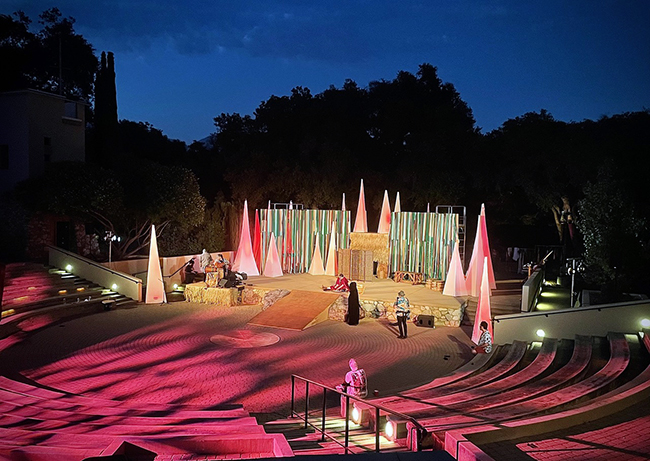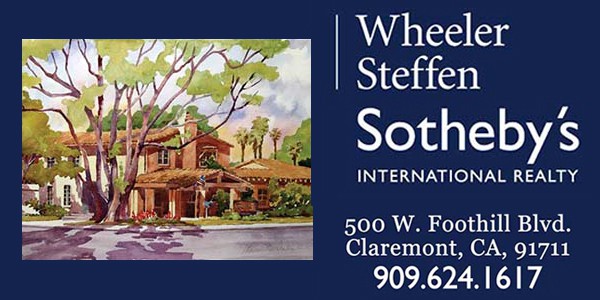Get your kicks on…Foothill Boulevard?
by John Neiuber
Long before Bobby Troup wrote (Get Your Kicks On) Route 66, and immortalized the Mother Road, and long before the Rolling Stones 1965 tour when they agreed to play Swing Auditorium at the Orange Show Fairgrounds, because San Bernardino was mentioned in the famous song they covered, there was a dirt path, that became a wagon and buggy trail, that became a gravel road, that became a state highway called Foothill Boulevard and eventually became Route 66.
Recently, the city of Claremont began the process to develop a new master plan for Foothill Boulevard, bolstered by $5.7 million in state funds. The road is under city control and is no longer maintained by the state as a highway. The city held a workshop in late January and is still accepting written public input. The master plan will include a study of existing conditions as well as a vision for how the roadway will be maintained and improved in the future. However, before we look to the future, let’s explore the past.
During the early years of the 1900s, most foothill cities had a foothill route, however, they were not connected. In Claremont, the route was known as Mesa Avenue, named after Indian Hill Mesa that lay just north of the route between Mills and Indian Hill Boulevard.
Around 1906, the gravel road that would become Foothill ran from the San Antonio Wash to Pasadena. Beginning around 1907, popular opinion had grown to accept that a connected foothill route was needed as a continuance of the old Santa Fe Trail. As a result of the ground swell of support, the county of Los Angeles allocated funds for the planning. In 1910, the state dedicated funds for highway improvement and by the next year had decided that a major east-west highway in the area was needed.
These developments gave birth to the Foothill Boulevard Association. The association was the brainchild of E.W. Reid of Cucamonga and then chairman of the San Bernardino County Board of Supervisors. The other founding members of the association were A.J. Certonneau of Pasadena, J.B. Coulston of Pasadena, A.P Griffith of Azusa and Frank Wheeler of Claremont. Within a year, the association had grown to 19 cities, all along the proposed Foothill route.
To convince the state to appropriate the funds for a foothill route was a daunting enough task for the association to undertake. In addition, it was a contest, and just like there were competing railroads and routes in earlier times, Pomona and Ontario were spearheading a group to lobby for a southern route that would become a coast-to-coast highway. The members of the association, and Frank Wheeler in particular, spent several years visiting towns from Pasadena to as far east as Redlands, to keep them in the association and dedicated to the northern route.
No one was more involved in promoting the route than Frank Wheeler. Mr. Wheeler was born near Nottingham, England and emigrated in 1882. He and his wife, Minnie Cron Wheeler, a Canadian, first settled in LaVerne in 1893, where Mr. Wheeler had a short career as a Los Angeles County land appraiser. He then moved to Claremont and entered the real estate business.
Mr. Wheeler was tireless in his promotion of Foothill Boulevard. He gathered information about the need for the route by conducting an early traffic study of Mesa Avenue on a Sunday, the busiest traffic day of the week. He hired a man to stand just west of the high school building (now The Old School House) and count the traffic. The count elicited the results of the day:
Vehicles such as buggies 105
Bicycles 51
Motorcycles 58
Automobiles 592
Mr. Wheeler was also involved in other promotions of the association. In the 1914 Rose Parade, five Claremont girls were selected to ride in a rose covered automobile, proudly proclaiming the Foothill Boulevard Association. No Foothill Boulevard existed at this time, but the promotion in the parade advertised the idea that the major east-west highway should be a foothill route. The efforts of the association proved successful and, in the 1920s, the state highway commission funded a foothill route. Construction began in Pasadena and worked eastward, with the Claremont section completed in 1931.
Frank Wheeler was at the opening of Foothill Boulevard in 1931, the only living member of the five men who had envisioned and planned for what would become one of the most famous roads in America, if not the world. But, Mr. Wheeler’s vision of the grand boulevard reached beyond just seeing its completion. At the opening of the highway, he unveiled a model for a local variation of the highway. The state had constructed a highway with a median strip and two lanes on each side. Mr. Wheeler had retained landscape architect Ralph Cornell, who had designed the boulevard to have the middle two lanes for highway traffic and two outside lanes, separated by medians, for the local traffic. The outside lanes and additional medians were never adopted or constructed, however, the original median remains and, until recent years, Claremont was one of the few cities to retain this feature.
The design, although not built, was well received and on January 11, 1931, the Los Angeles Times ran an article about the merits of the proposal, under the headline, “Ideal Highway Construction Modeled in Foothill Boulevard Through Claremont.” Claremont had been chosen for the opening of the highway because it was the home of Frank Wheeler. Mr. Wheeler was a leader in ensuring the highway was designated as the foothill route and, for his efforts, became known as the “Grandfather of Foothill Boulevard.” Mr. Wheeler died on December 6, 1939.
So, what now for Foothill Boulevard? What would Frank Wheeler suggest if he were alive today? He would note that the boulevard is not as wide on the western end of the city as it is on the eastern end. Would he push for the frontage roads for local traffic on the eastern end? Or would he make it more pedestrian- and bicycle-friendly, reflecting what he noticed as a trend in his town? I am sure none of us know what Frank Wheeler would suggest, but know this, he would be involved and he would have a say-so in the master plan.








0 Comments